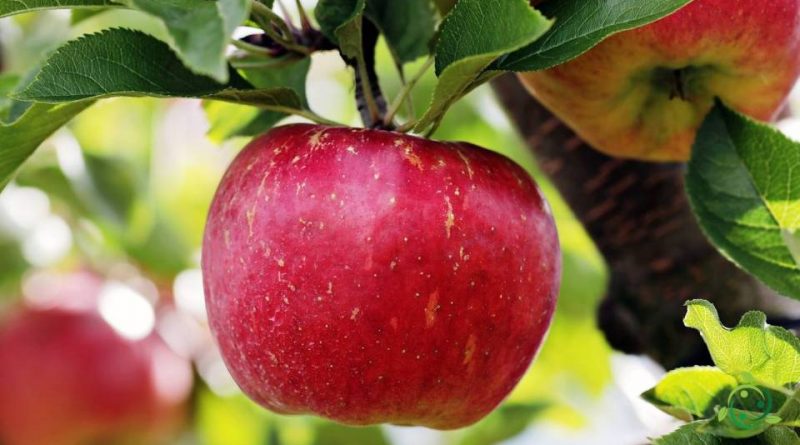Climacteric fruit
Climacteric fruit
The term climacteric fruit means that fruit that ripens rapidly and is able to carry on the ripening process even after abscission (as in the case of apple, pear, tomato, etc.).
Climacteric fruits are opposed to non-climacteric (or aclimacteric) fruits which have longer ripening times and interrupt ripening after harvest (such as lemons, grapes, strawberries).
The fruit ripening mechanism is linked to the presence of ethylene.
Ethylene is the plant hormone that the plant produces during the ripening phase.
When the fruit detaches the ethylene content is lowered and therefore also the respiration (minimum climacteric), subsequently the fruit is able to synthesize new ethylene which favors a very intense resumption of respiration (climacteric peak), in order to hydrolyze the starch accumulated during the growth phase and convert it into soluble sugars (mono and disaccharides such as glucose, fructose, sucrose).
It is during this process that ethylene also activates all the other biochemical mechanisms of maturation.
Among the climacteric fruits are mentioned:
– bananas, peaches, apples, pears, quinces, kiwis, pears, quinces, nashi, kaki, melons, figs, watermelons, apricots, avocados, mangoes, plums, papayas, etc.
Non-climacteric fruits do not accumulate starch in their tissues and do not ripen if detached from the plant. to this group belong several vegetables with high respiratory activity such as green beans, peas, asparagus, sweet corn. Non-climacteric fruits do not have a climacteric peak, and respiration tends to gradually reduce throughout the growth phase until it stops completely when ripening is complete.

